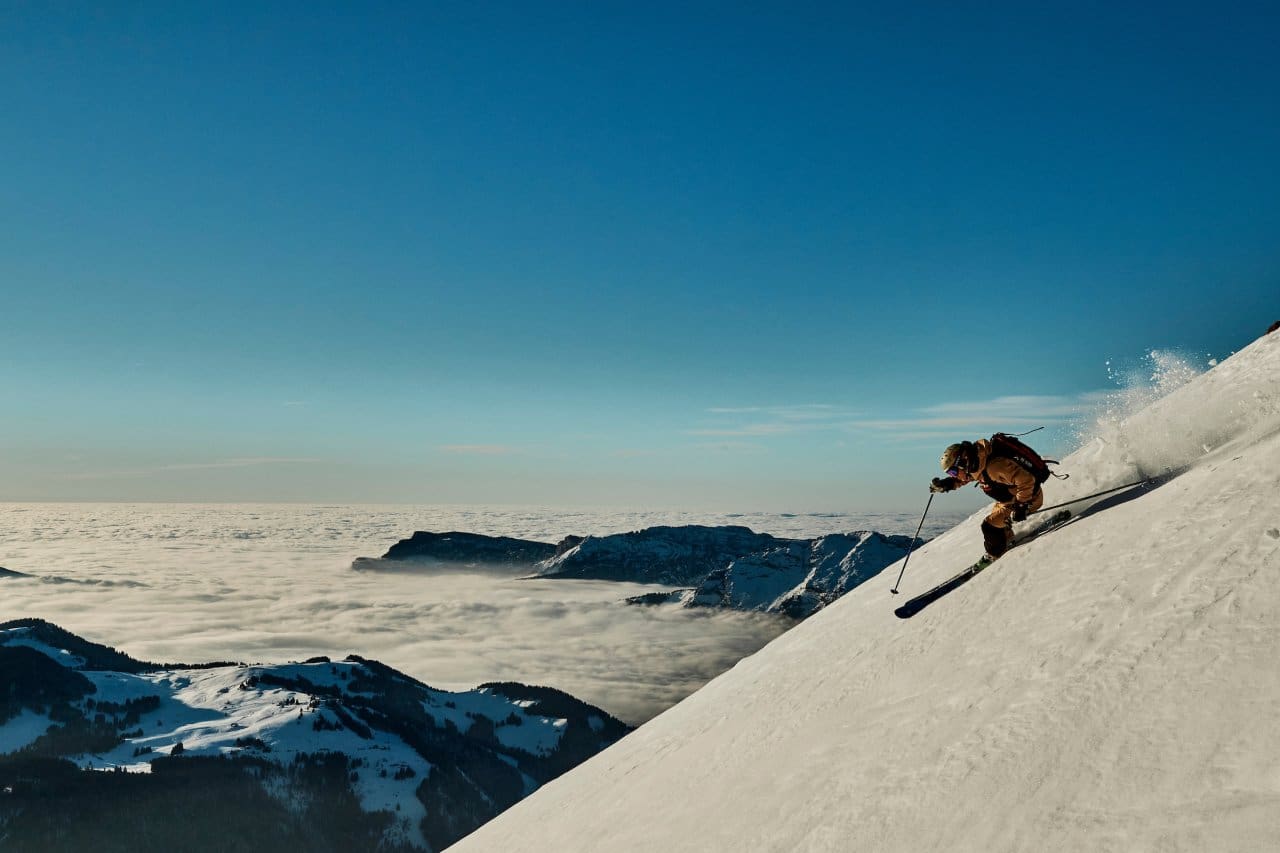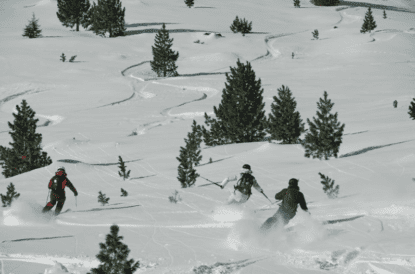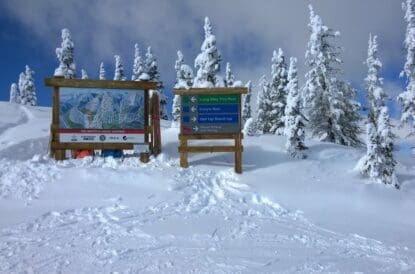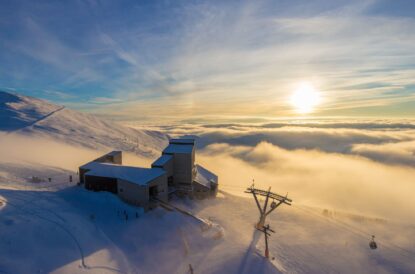The first thing to do if heading off piste is to make sure you get the right forecast and avoid dangerous terrain.
Choosing the terrain and getting hold of the correct avalanche forecasts, then interpreting them and linking them to where you’re heading are vital first steps when it comes to mountain safety. The Ski Club of Great Britain’s Mountain Safety Advisor Bruce Goodlad explains why:
Avalanche Safety: Terrain & Weather
The first episode of the series Ski Club Alpine Safety Advisor Bruce Goodlad gives us insight about how to read, measure and make decisions about the terrain when you’re heading off piste.
Before you even step on snow, make sure you are familiar with the snow, weather and terrain that has – and will – impact your journey in the back country.
Get the Forecast
We are fortunate that in many of the areas we choose to ski there are daily avalanche forecasts available. Links to all the different European forecasts can be accessed from here: www.avalanches.org
From this it is clear that Europe doesn’t have an avalanche forecasting problem; instead it has a public engagement problem. The average visit to an avalanche forecast website is only a few seconds: people open up the page, see the headline figure: perhaps a ‘Considerable’ hazard, and base their skiing decision for the day on those few seconds.
Forecasters go out of their way to provide us with high quality, time and location relevant information that is designed specifically to keep us safe whilst skiing, so if we’re thinking about skiing off piste it makes good sense to take the time to digest all of the information available.
Take the time to understand what type of avalanche problem is being conveyed in the forecast and whereabouts on the mountain this problem will exist. A forecasted avalanche hazard may only be on a certain aspect of the mountain or be forecast for a certain part of the day. For example, the considerable hazard may be for springtime solar heating and this may only affect southern aspects in the afternoon.
Take the time to understand the forecast. Checking them for several days leading up to your trip, as well as every day of your visit will give you a strong feel for what the underlying trend of avalanche hazard is in the area that you plan to ski.
Get Out of Harm’s Way
90% of human involved avalanches are triggered by the group itself. It was their choice to be in that terrain at that time that led them to be avalanched.
In Europe the ski patrol only has responsibility to secure slopes that threaten the pistes and lift infrastructure, so as soon as we venture off piste we are entering potential avalanche terrain.
When skiing off piste in avalanche terrain, simple travel protocols that limit the exposure of our group to the avalanche hazard is best practice.
- Avoid suspect slopes that roll away and you can’t see the bottom of from above
- Don’t loiter on or beneath obvious avalanche pathways
- Negotiate these one at a time – so only one member of the team at a time is exposed to the risk of being avalanched
- If you’re thinking about doing a long off piste itinerary think about the terrain the descent will take you through and what key parts of your journey will be most exposed to the threat of avalanche
Summary
When reading a piste map, remember to look out for the following:
- Check the forecast carefully before heading out
- An avalanche risk of “3” indicates “Considerable” risk – consider what that means when planning your route
- Choose your route carefully to avoid terrain traps or “avalanche risk” terrain
- Read the avalanche forecast to understand the specific avalanche risk




